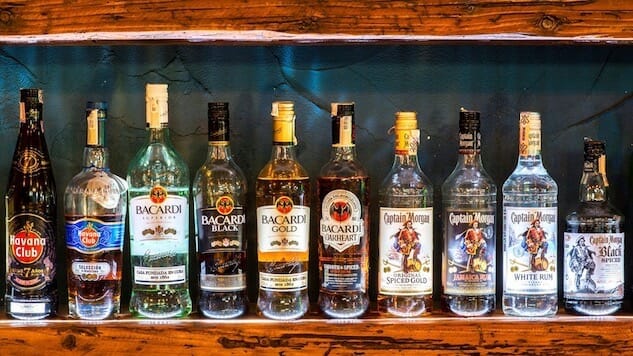Ask the Expert: What is Rum Made From?
Photo via Shutterstock
In our new Ask the Expert series, Paste readers chime in with some of their most pressing booze concerns, and we do our best to help you make sense of it all. Resident expert Jake Emen has spent years on the road traveling to distilleries across the country and around the world, and he’s here to help. Want your own question answered? Send a Tweet to him @ManTalkFood using #AskTheExpert.
The rum world is filled with a massive range of styles, classifications, and terminology. For someone new to the spirit, it can make sorting through the clutter a bit confusing. There’s dark rum and light rum; spiced rum and navy strength rum; English and Spanish and French rum; and many other distinctions. Let’s take a step back and start simple then; What is rum actually made from?
Rum is a spirit distilled from sugarcane products. Most commonly, that means that rum is made from molasses, which itself is a byproduct of sugar production. To briefly digress, sugar crystals are formed by boiling and reducing sugarcane juice. The sugar is then extracted from the reduction, and molasses is the result.
Turning that byproduct into a more profitable source of revenue than the actual product, sugar, is what earned molasses the nickname “black gold” on its home island of Barbados, where it came to life in the early to mid 1600s. Molasses can of course be used in all types of other ways, but let’s all agree that rum is its best end result, right? Today, the world’s oldest rum brand, Mount Gay, is still found on Barbados.
-

-

-

-

-

-

-

-

-

-

-

-

-

-

-

-

-

-

-

-

-

-

-

-

-

-

-

-

-

-

-

-

-

-

-

-

-

-

-

-








































